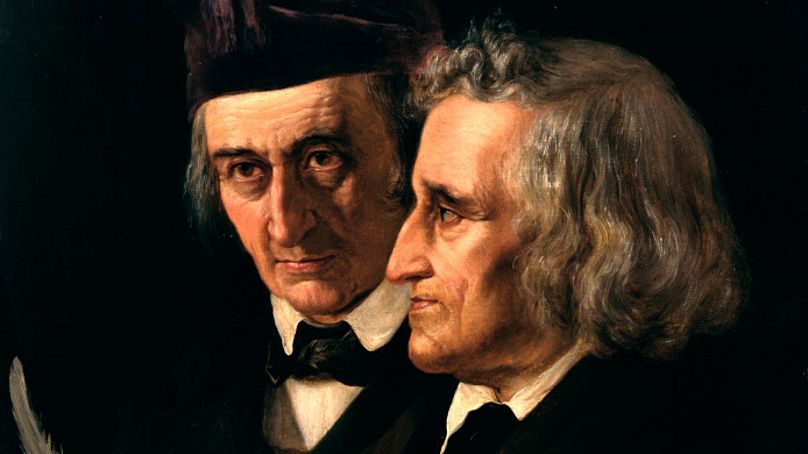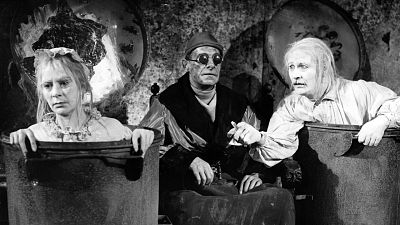20 December 1812: Grimms’ Fairy Tales is first published
The Brothers Grimm, Jacob and Wilhelm, were just in their late 20s when they published one of the most significant books in the history of fairy tales.
Born in 1785 and 1786 respectively, Jacob and Wilhelm grew up in the city of Hanau in the Holy Roman Empire (today Germany). When their father Phillip died of pneumonia in 1796, the wealthy family fell into relative poverty, leading the brothers to take on adult responsibilities aged just 11.
After university, Jacob found employment as the court librarian to the King of Westphalia in 1808. By then, the brothers were obsessed with literature and had been collecting folk tales for some time.
As a librarian, Jacob was given the time to research for a collection of folk tales he was putting together with Wilhelm. The Brothers Grimm published their first edition of ‘Kinder- und Hausmärchen’ (Children's and Household Tales) on this day in 1812. It contained 86 stories.
A second volume followed in 1815 with 70 more stories. By the seventh edition, the book had 210 stories.
Among the stories are some of the most popular fairy tales of all time. Rapunzel, Hansel and Gretel, Cinderella, Little Red Riding Hood, Snow White, and Rumpelstiltskin.
The Brothers Grimm’s Fairy Tales were exceedingly popular and brought many of the stories to wider audiences. The versions that the Brothers Grimm used for their books are the de facto most popular tellings of many of the fairy tales and are widely credited for popularising characters like Cinderella and Snow White.
The collection wasn’t without controversy though. Academics have argued that due to the brothers taking inspiration from tales from cultural traditions across Germanic, Norse, Roman, Greek and Biblical mythology and writing them in their rustic Germanic style, they have imbued the tales with Germanic settings.
Harvard University Professor of German Studies Maria Tartar points out that “every fairy (Fee), prince (Prinz) and princess (Prinzessin) - all words of French origin - was transformed into a more Teutonic-sounding enchantress (Zauberin) or wise woman (weise Frau), king's son (Königssohn), king's daughter (Königstochter).”
Reviewers at the time also questioned whether these stories for children were at all appropriate due to the grim (apologies) themes of many of the stories. The brothers had elected to remove some of the more lurid passages from folk tales. Sexual references were removed from Rapunzel. While they changed other stories to be more violent.
The Germanic take on the folk tales has also been praised by some of history’s grimmest characters, whether its old Brits proclaiming the Western tradition or literally Hitler praising the characters’ racial purity. Stories like ‘The Jew Among Thorns’ and ‘The Good Bargain’ don’t help the brothers’ case.
Still, the Brothers Grimm’s versions have inspired many to make excellent stories across film, TV and literature ever since. If nothing else, Shrek wouldn’t be the same without them.





